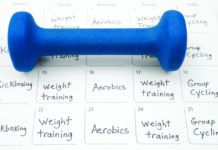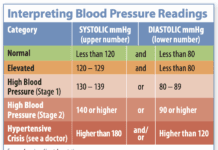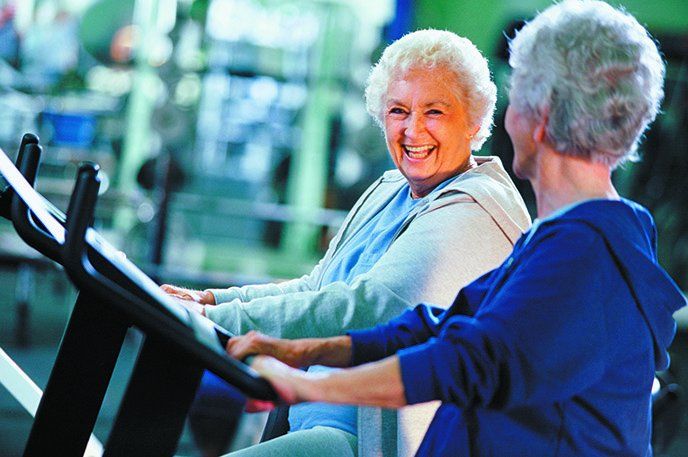Images ©ThinkStock

When it comes to exercise, a new study says the prescription should be that more is better. For postmenopausal women, the benefits include weight loss and reduced belly fat and waist-to-hip ratio, which might possibly lead to greater protection against breast cancer.
Jennifer M. Sacheck, PhD, an associate professor in Tufts’ Friedman School who specializes in studying physical activity, says, “Here is yet another study demonstrating that, independent of diet, increasing physical activity levels that meet or exceed the national recommendations of 150 minutes per week has important implications on body composition, and in turn, likely many health outcomes.”
DOSE-RESPONSE: The new study, published in JAMA Oncology, sought answers about the “dose-response” effect of exercise—that is, if you exercise more, do the benefits also increase? The researchers noted that more than 100 studies have linked increased physical activity with lower risk of breast cancer. So their Breast Cancer and Exercise Trial in Alberta (BETA) compared two groups of generally healthy postmenopausal women, ages 50-74, who were asked to engage in moderate to vigorous aerobic exercise five days a week for either an hour or 30 minutes daily. Would exercising beyond the daily recommendation pay dividends, or would the women see a point of diminishing returns?
Both groups of women fell short of their target levels of exercise, averaging 254 minutes and 137 minutes a week rather than 300 and 150 minutes. “But there was still 117 minutes difference between the groups,” Sacheck notes.
RISK-FACTOR EFFECTS: The study didn’t measure actual breast-cancer incidence, but instead fatness measures that are known to contribute to cancer and other diseases. Importantly, many of these factors improved in both groups, but more in the group that exercised longer. Women who were prescribed 300 minutes a week averaged more total weight loss, including especially dangerous abdominal fat, and saw greater improvements in waist-to-hip ratio. Dose-response effects were even stronger for women who were obese (BMI 30 or more).
Christine M. Friedenreich, PhD, of CancerControl Alberta and colleagues concluded, “These results suggest additional benefit of higher-volume aerobic exercise for adiposity [fat] outcomes and possibly a lower risk of postmenopausal breast cancer.” The findings, researchers said, provide a basis for encouraging postmenopausal women to exercise longer than the minimum recommended for cancer prevention.
What counts as moderate to vigorous activity? The BETA study asked participants to reach 65% to 75% of their maximum heart rate. To estimate your average maximum heart rate, as a general guideline, take 220 minus your age. So, for someone age 60, the maximum would be 160 (220-60) and 65% to 75% of that would be a target of 104 to 120 beats per minute.
Even if youre not yet up to exercising an hour a day, research shows the benefits of physical activity begin as soon as you get going and adopt a less-sedentary lifestyle. Tufts expert Jennifer M. Sacheck suggests these ideas for ramping up your activity level:
– Make being active a priority.
– Engage in activities that you love and will engage in regularly.
– Buy appropriate shoes and, if needed, clothes and gear.
– Find a fitness buddy to make it social.
– Take the stairs whenever possible.
– Join a walking group or a new exercise program that interests you.
– Park at the far end of the lot from the supermarket or mall and walk to the store.
– Buy a fitness gadget that tracks your steps and movement.























